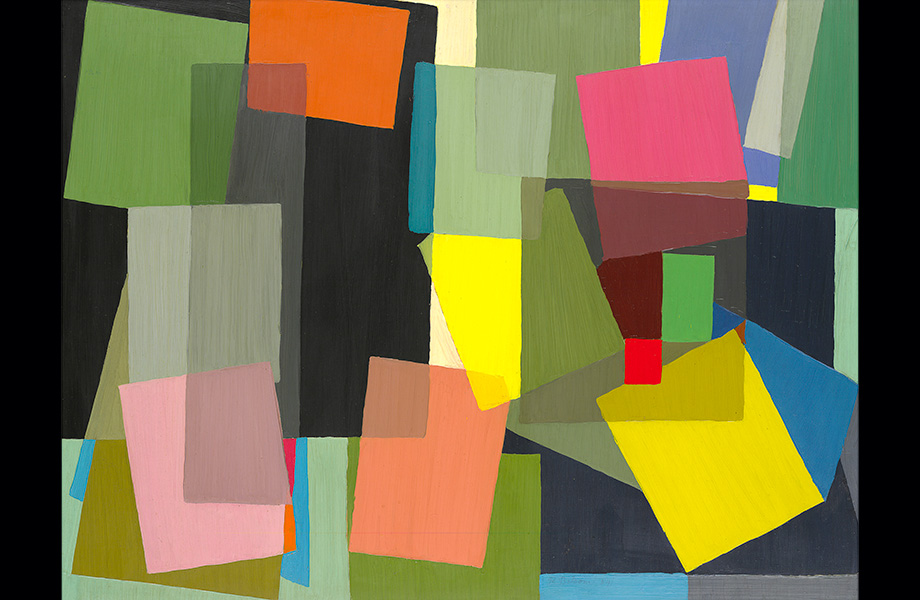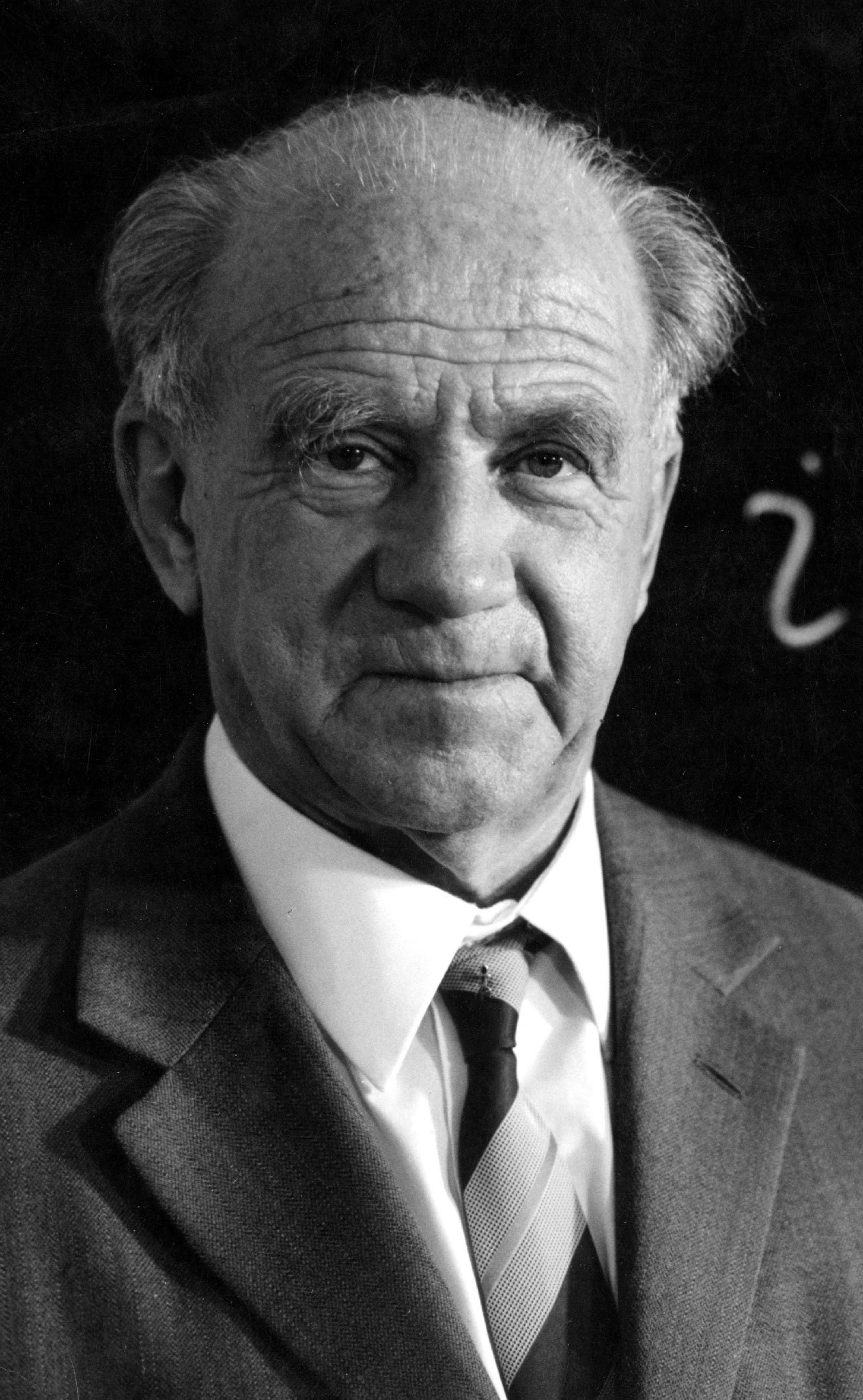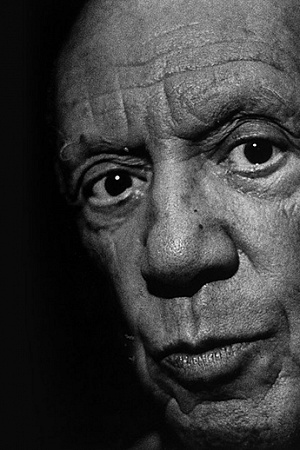Grace Crowley & Ralph Balson

Grace Crowley & Ralph Balson may well get lost in the promotion of other exhibitions at the National Gallery of Victoria, but it is one not to be missed. Charting Crowley and Balson’s artistic journeys from the 1930s to the 1960s and their shared commitment to abstraction, it is an elegant, beautiful show that affords the rare opportunity to experience their work in depth. Beginning with the magical pairing of Crowley’s Abstract Painting, 1947 and Balson’s Constructive Painting, c.1948, the exhibition achieves a carefully balanced display of the two artist’s work despite the fact that Crowley’s surviving oeuvre comprises a relatively small number of works.
Continue reading for only $10 per month. Subscribe and gain full access to Australian Book Review. Already a subscriber? Sign in. If you need assistance, feel free to contact us.











Leave a comment
If you are an ABR subscriber, you will need to sign in to post a comment.
If you have forgotten your sign in details, or if you receive an error message when trying to submit your comment, please email your comment (and the name of the article to which it relates) to ABR Comments. We will review your comment and, subject to approval, we will post it under your name.
Please note that all comments must be approved by ABR and comply with our Terms & Conditions.